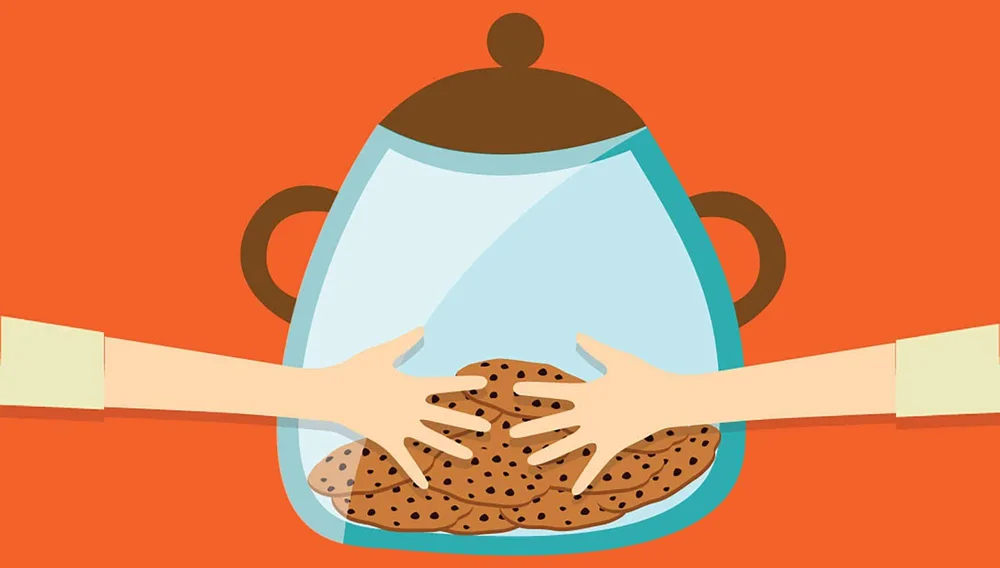What is a Stress Response: Fight, Flight, Freeze, or Fawn Responses to Traumatic Events
Have you ever been threatened and felt like your body was frozen in place? Are you the type, when attacked, to fight back with fury—or the type to run away to safety? Or maybe you automatically turn into a peacemaker when you sense danger, forgetting about your needs in order to pacify the attacker. Chances are, you identify with at least one of these since they’re all examples of a normal human stress response.
The human body is wired for survival, and the four Fs of trauma response—fight, flight, freeze, or fawn—were developed to help us cope with threats. Many people are aware of “fight or flight,” in which animals (including humans) face their dangers head-on or flee to escape. But freeze and fawn are lesser-known, and just as valid, stress responses. Let’s dive deeper into their mechanisms, including why they happen and how we can best cope with them.
How the Body Reacts to Stress
Our stress response gets triggered when an acute stressor appears. Examples can include being robbed at gunpoint or being attacked by a dog (which has happened more than once to me and my husband, Dr. Daniel Amen—more on that below). This kind of high-alert situation activates the body’s sympathetic nervous system, which creates a stress response.
In these instances, there’s a lot happening behind the scenes—that is, in the brain. The amygdala, located in the temporal lobes and involved in emotions and the fear response, sends a signal to the hypothalamus, which controls brain chemicals, and to the pituitary gland. The body then secretes a hormone that signals the adrenal glands to generate a flood of chemicals, such as cortisol and adrenaline. Meanwhile, the frontal lobes—in charge of things like judgment, decision-making, and rational thinking—actually decrease in activity. In an automatic fight-or-flight response, the amygdala is in charge.
This process in the brain kicks the body into action, triggering many other responses. The pupils of the eyes dilate, which leads to tunnel vision, or a loss of peripheral vision. The sense of hearing diminishes. The mouth gets dry. You can even notice that your hands and feet feel colder, or you feel a chill. That’s because the veins constrict to send blood to major muscle groups that will be involved in the fight or flight response (such as the shoulders and hips).
In addition, the lung passages open up, so breathing becomes rapid and shallow. Blood sugar levels and blood pressure both increase. The heart rate speeds up and muscles tense. The bladder relaxes and digestion slows. The immune system shuts down. Mental focus is disrupted, so there’s often difficulty with focusing on small details. You may tremble or get goosebumps. You might not be able to speak articulately, and there can be diminished fine motor skills. Essentially, the entire body is prepped for survival.
Fight, Flight, Freeze, Fawn
Keep in mind that none of these stress responses are “wrong.” Quite the opposite—they’re evidence of the body’s incredible natural intelligence. – Tana Amen, BSN, RN
Fight
Every person reacts differently to a perceived threat, but most fall into one of four categories: fight, flight, freeze, or fawn. For example, I tend to face threats head-on, making me a fighter—I can become really angry and dangerous in the face of an aggressor. This has served me well in certain moments, but we’ve also seen this tendency create extreme reactions. For example, a person “sees red” and commits violence in self-defense.
More than once, Daniel and I were attacked by pit bulls off their leash while out for a walk, and I’m not sure who was scared most by my fight impulse—the dogs, the owner, or my husband. But with a history of being assaulted, growing up in a home with trauma, and a mother who was also a fearless fighter, my default is to fight back. I’ve told the story before about a burglar entering our house one night, back when my mom and I lived alone. Her response wasn’t to run—it was to grab a shotgun, chase the guy down the hall, and shoot the gun out of the back window to scare him off!
Freeze
However, responses can vary, even in the same family. I have a half-sister who tends to freeze up or run away. During my martial arts practice, I’ve seen numerous people freeze when attacked, and Daniel tends to fit into this category, too. A study published in 2017 noted that freezing isn’t necessarily about being passive, “but rather a parasympathetic brake on the motor system, relevant to perception and action preparation.” In other words, the freezing may help the person under attack create a strategy for action or escape.
The freeze response can also lead to dissociation. If a person is being attacked and can’t escape or fight back, becoming numb or detached can make the trauma seem more bearable in the short term. We see a similar strategy when some animals “play dead” to disarm predators—another example of a freeze response.
Flight
The term “fight or flight” was coined back in the 1920s, so these two responses tend to be the most well-known today. We often witness the flight response in animals—like when a rabbit or deer flees in the face of a potential aggressor. But in humans, this type can be associated with fearfulness of others, isolation, or avoidant behavior. Someone who flees believes that safety is found in being alone—a type of environmental control mechanism.
Fawn
Finally, fawning is “when people act to please their assailant to avoid any conflict,” according to the CPTSD Foundation. It might be utilized after an unsuccessful attempt at fight, flight, or freeze. The fawn response is associated with facing rejection trauma in childhood. Being “agreeable and helpful” can be useful coping mechanisms in youth. But, when these children grow up, they may be vulnerable to interpersonal issues like codependency, people-pleasing, and fear of rejection.
How to Counteract Stress Responses
While stress responses are normal and valuable to us as human beings, we don’t want stress and fear to overwhelm our lives. Over time, being faced with intense stress can suppress the immune system and affect the brain by shrinking the hippocampus, a major memory center.
Luckily, there are natural ways to bring your body back to a calmer state after a threat has passed. This is usually the responsibility of the parasympathetic nervous system, which counterbalances the stress-activated sympathetic nervous system. But in the face of frequent stressors or trauma, the stress response can “get stuck,” leading to ongoing feelings of anxiousness, panic, hypervigilance, or restlessness. You can experience sleep issues, or feel depressed, exhausted, or confused.
If you’re feeling activated—acutely or chronically—try some of these methods to calm yourself:
- Meditation or prayer
- Hypnosis or guided imagery
- Diaphragmatic breathing
- Calming supplements, such as GABA, magnesium, or l-theanine
- Physical exercises that stimulate the brain, such as dancing or table tennis
In a moment of activation, when you need fast relief, try taking three deep breaths. This will deliver oxygen to the body and help bring your frontal lobes back online, so you can assess the situation with a clearer head. To counteract tunnel vision, start to move your eyes back and forth, sideways, and up and down. Finally, put both hands on the opposite shoulders, and rub down the arms 2 or 3 times. This action stimulates both sides of the brain, allowing for calmer thinking.
The Intelligence of Trauma Responses
Keep in mind that none of these stress responses are “wrong.” Quite the opposite—they’re evidence of the body’s incredible natural intelligence. All four Fs are simply the body preparing itself for and ensuring survival. But it’s also important for your health, in the short and long term, to know how you react—and how to respond and calm yourself down after these potentially intense, full-body experiences.
- Screen Time and Brain Health: Setting Healthy Limits for Children - April 16, 2024
- Raising Brain-Healthy Kids: Tips for Parents to Support Cognitive Development - April 11, 2024
- Healing from Trauma: Empowering Stories of Resilience and Recovery - April 5, 2024




Interesting and helpful 💝